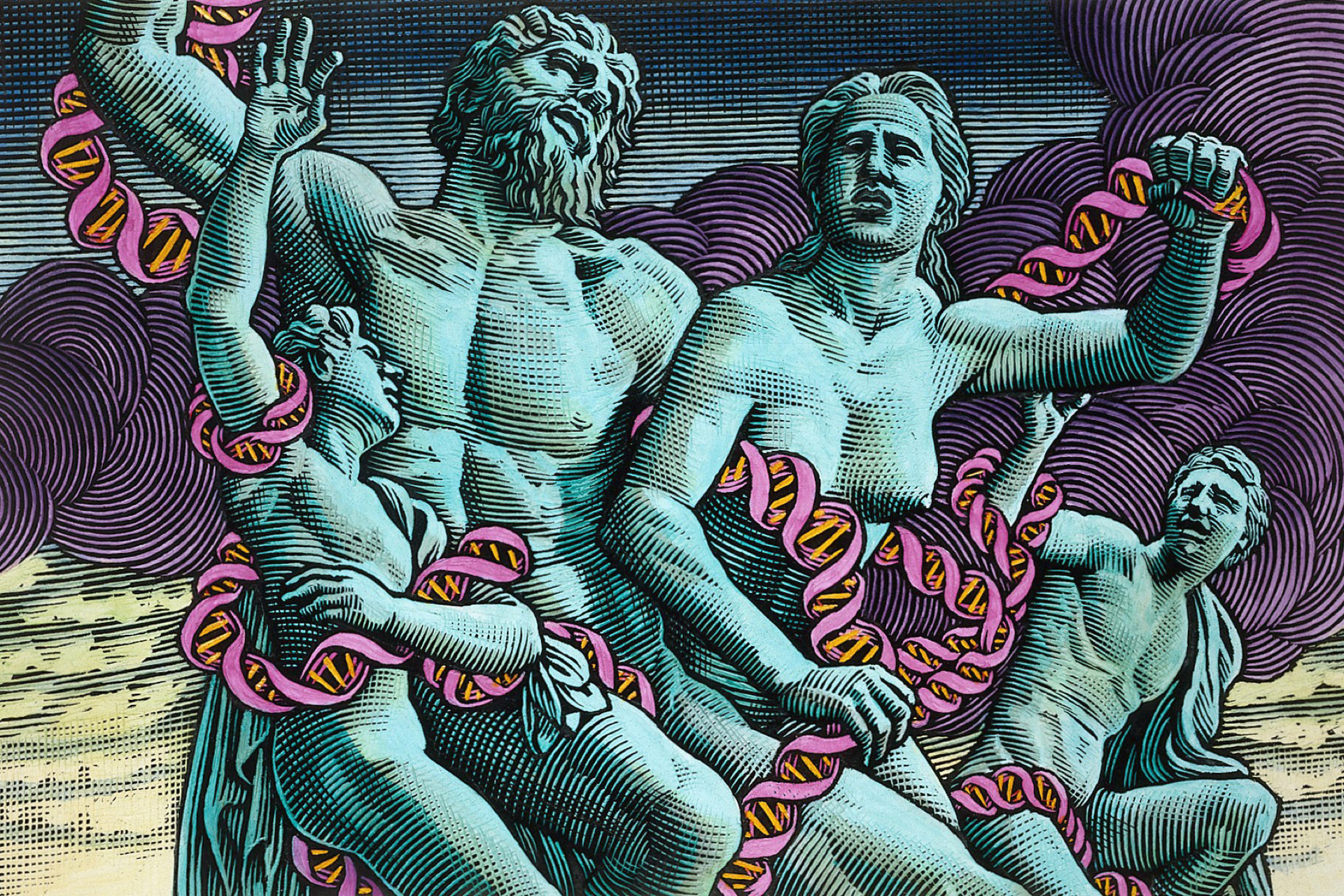Regulators in the US have approved 13 new human embryonic stem cell (ES cell) lines - the first to be approved since President Obama lifted the restriction on stem cell research earlier this year in March. The 13 stem cell lines are the first the National Institutes of Health (NIH) has approved under the ethical guidelines that were unveiled in July; they are also the first new stem cells lines available to US scientists in almost a decade. It is hoped that the new lines, which are of a much better quality than the old lines, will lead to far more successful research.
In accordance with the ethical guidelines, these ES cell lines were derived using existing embryos left over from fertility treatment that would otherwise have been destroyed. The couples who created the embryos were given the option of donating them to other couples, to research (neither option can involve any financial incentive) or not donating them at all. Each couple gave full consent for the embryos to be used for research purposes.
The new lines were created using private funding, for although President Obama reversed former President George W Bush's restriction on federal funding for ES cell research, he was unable to lift the Dickey-Wicker amendment. This amendment prohibits the use of federal money to create stem cell lines, as doing so inevitably requires the destruction of an embryo. However, these new ES cell lines will qualify for millions of dollars in federal funding for research. Already, funding for approximately 30 proposals requiring human ES cells - totalling over $20 million - has been approved, confirms the NIH. Now that the stem cell lines are available, research can begin. Previously, federal funding was limited to 60 specific stem cell lines, all of which were created prior to 9 August 2001, when President Bush's restrictions were put in place.
Research involving the use of human ES cell lines remains controversial because it necessitates the destruction of human embryos, and reactions from the scientific and wider community have been mixed. In support, Amy Comstock Rick, President of the Coalition for the Advancement of Medical Research, commented that: 'it is incredibly rewarding for patients, advocates, and the scientific community to see embryonic stem cell research finally allowed to move forward, without arbitrary limitations, in our hopes of better treatments and cures for so many devastating diseases'. Professor George Daley, who created 11 of the 13 new stem cell lines - the other two were made by Ali Brivanlou at Rockerfeller University - has already hired three more technicians to assist in his research. 'It is a huge boost', he said, adding: 'It is a stimulus to my research'.
Others, however, have not greeted the news so enthusiastically. 'Ethically, we don't think any taxpayer should have to fund research that relies on destroying early human life at any stage', said Richard M Doerflinger of the US Conference of Catholic Bishops.
Francis Collins, Director of the NIH, noted that these new so-called 'ethical' stem cell lines represented a compromise position: 'I think the broad consensus among most of the public ... is that stem cell research of this ethically acceptable kind should go forward', he said. Some have questioned the need for stem cell lines derived from human embryos following recent breakthroughs in reprogramming ordinary cells to resemble stem cells (known as 'induced pluripotent stem cells (iPS cells)'). However, Collins commented that 'I think one could make a very strong case that we need both'.
A further 96 stem cell lines could soon be approved for research use. 'More lines are under review now', said Collins, adding that 'we anticipate continuing to expand this list of responsibly derived lines eligible for NIH funding'.





Leave a Reply
You must be logged in to post a comment.